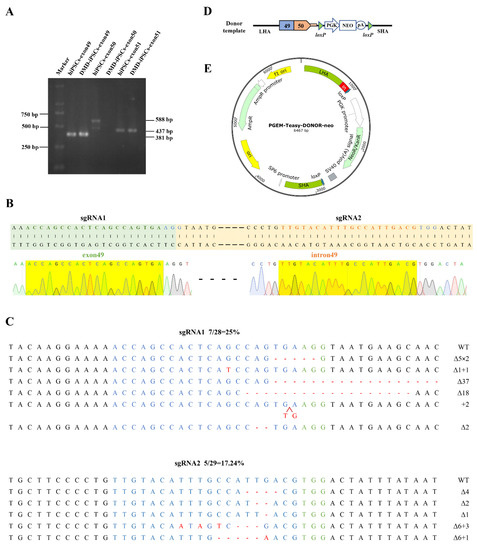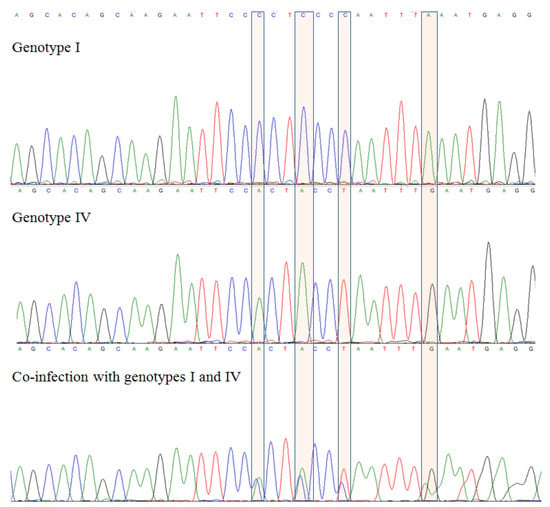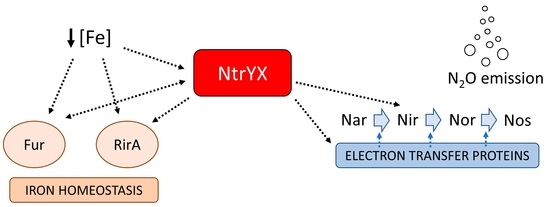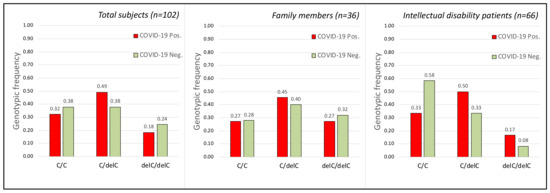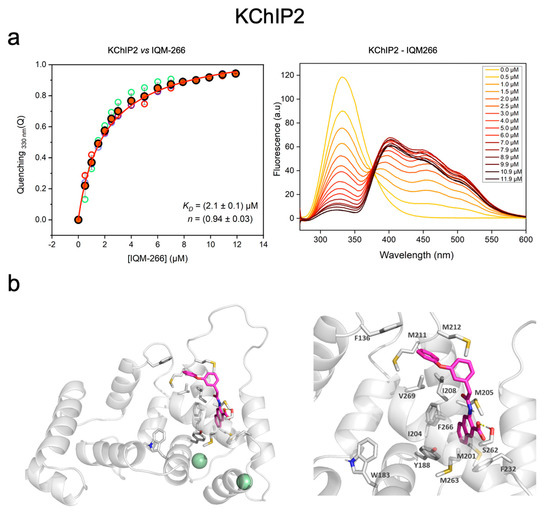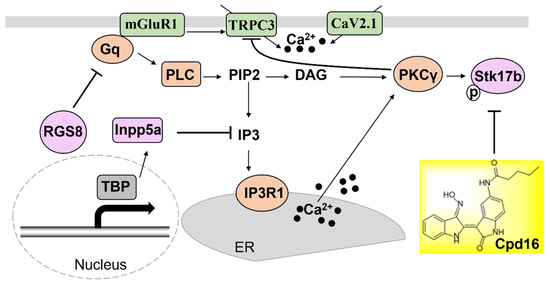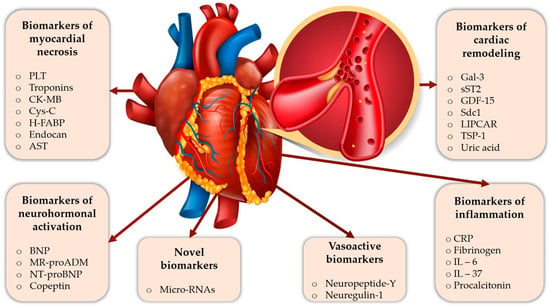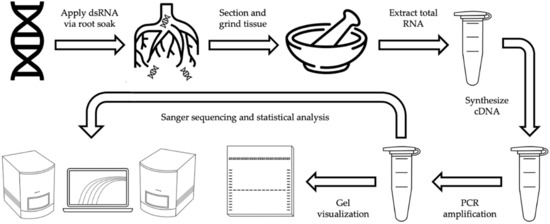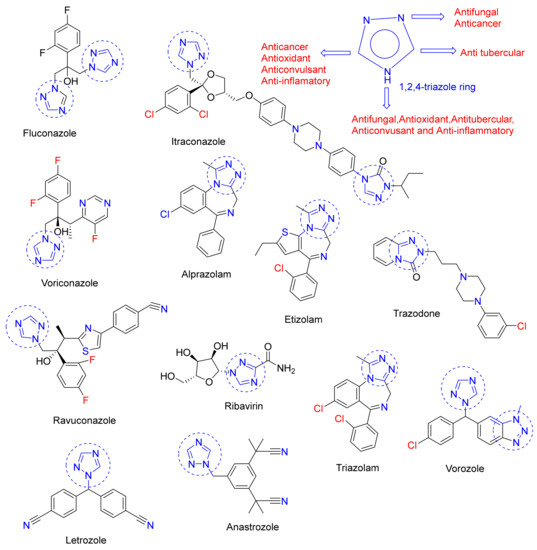Center for Medical Genetics, School of Life Sciences, Central South University, Changsha 410078, China
Int. J. Mol. Sci. 2022, 23(16), 9176; https://doi.org/10.3390/ijms23169176 - 16 Aug 2022
Cited by 9 | Viewed by 2959
Abstract
Duchenne muscular dystrophy (DMD) is the most common fatal muscle disease, with an estimated incidence of 1/3500–1/5000 male births, and it is associated with mutations in the X-linked DMD gene encoding dystrophin, the largest known human gene. There is currently no cure for
[...] Read more.
Duchenne muscular dystrophy (DMD) is the most common fatal muscle disease, with an estimated incidence of 1/3500–1/5000 male births, and it is associated with mutations in the X-linked DMD gene encoding dystrophin, the largest known human gene. There is currently no cure for DMD. The large size of the DMD gene hampers exogenous gene addition and delivery. The genetic correction of DMD patient-derived induced pluripotent stem cells (DMD-iPSCs) and differentiation into suitable cells for transplantation is a promising autologous therapeutic strategy for DMD. In this study, using CRISPR/Cas9, the full-length dystrophin coding sequence was reconstructed in an exon-50-deleted DMD-iPSCs by the targeted addition of exon 50 at the junction of exon 49 and intron 49 via homologous-directed recombination (HDR), with a high targeting efficiency of 5/15, and the genetically corrected iPSCs were differentiated into cardiomyocytes (iCMs). Importantly, the full-length dystrophin expression and membrane localization were restored in genetically corrected iPSCs and iCMs. Thus, this is the first study demonstrating that full-length dystrophin can be restored in iPSCs and iCMs via targeted exon addition, indicating potential clinical prospects for DMD gene therapy.
Full article
(This article belongs to the Special Issue Stem Cell Biology & Regenerative Medicine)
▼
Show Figures

